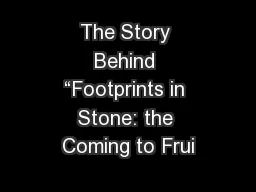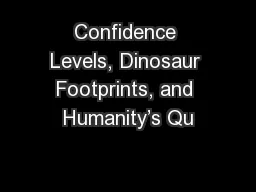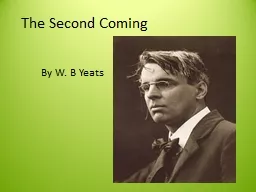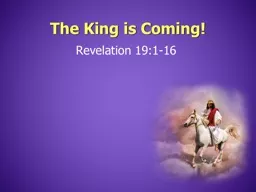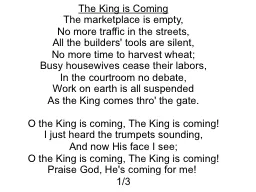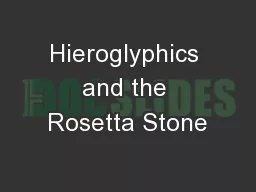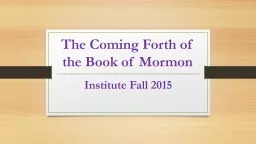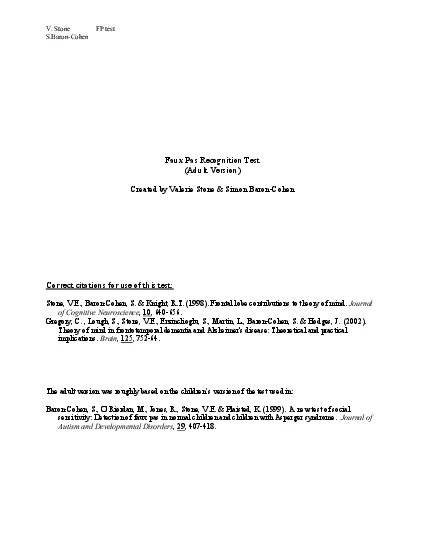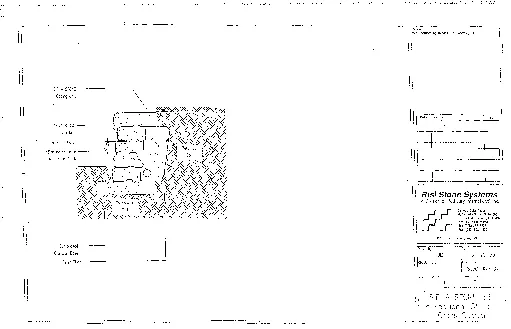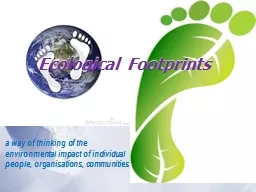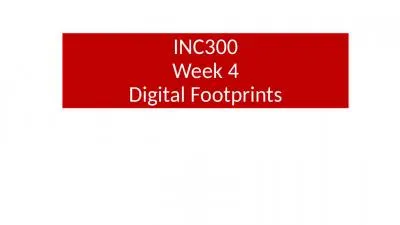PPT-The Story Behind “Footprints in Stone: the Coming to Frui
Author : olivia-moreira | Published Date : 2017-06-27
Ron Buta and David Kopaska Merkel In July 2005 the Alabama Paleontological Society APS published a monograph on the trace and plant fossils found at a Walker County
Presentation Embed Code
Download Presentation
Download Presentation The PPT/PDF document "The Story Behind “Footprints in Stone:..." is the property of its rightful owner. Permission is granted to download and print the materials on this website for personal, non-commercial use only, and to display it on your personal computer provided you do not modify the materials and that you retain all copyright notices contained in the materials. By downloading content from our website, you accept the terms of this agreement.
The Story Behind “Footprints in Stone: the Coming to Frui: Transcript
Download Rules Of Document
"The Story Behind “Footprints in Stone: the Coming to Frui"The content belongs to its owner. You may download and print it for personal use, without modification, and keep all copyright notices. By downloading, you agree to these terms.
Related Documents

